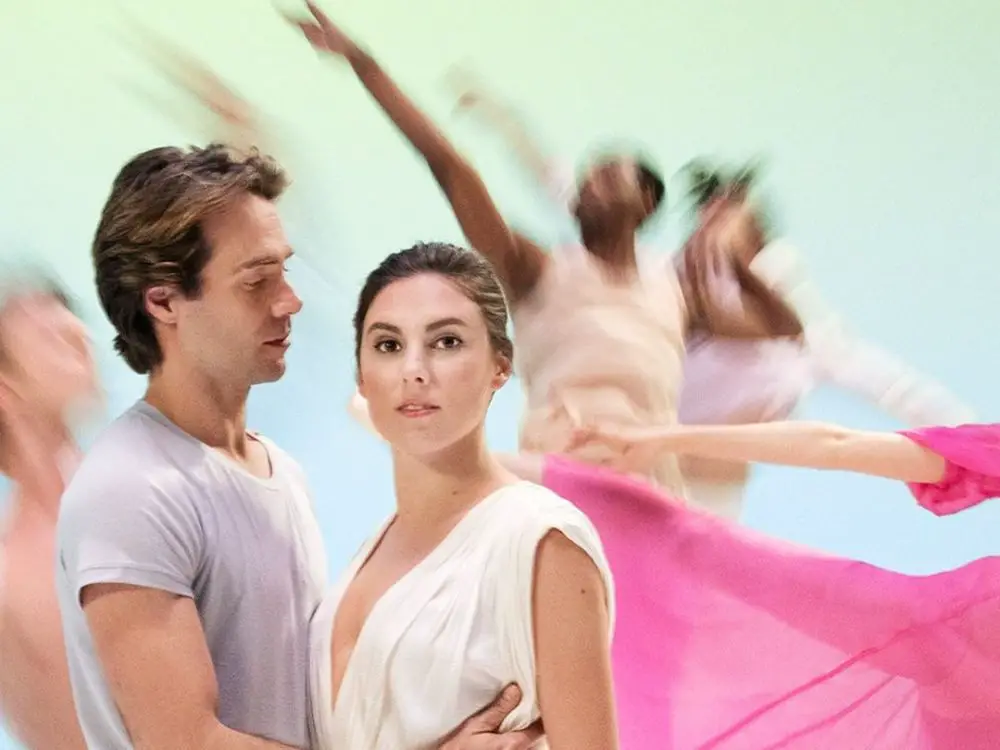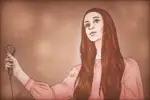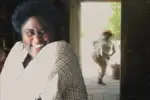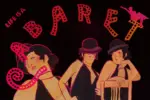If you asked me two months ago if I ever thought “high art” like the Metropolitan Opera would embrace an online format and digital interactivity, I would’ve told you “no” and that you were insane. But it’s 2020 and crazier things have happened this year than the Met Opera’s new approach to audience engagement; it now streams a different performance each night — for free.
These productions stay up for another 23 hours afterward with English subtitles, and the site offers bonus content like synopses, behind-the-scenes information, playbills and more.
In a very short period of time, this four-century old art style has quickly stepped into the modern world, and other art forms have followed suit.
It isn’t hard to trace why this change occurred; with the spread of the coronavirus, social isolation measures have forced both performers and audiences to stay home, leaving museums, symphony halls, operas, libraries and stages empty. It’s also pushed many of these art styles into the online realm.
Some of the most well-known art museums have incorporated self-guided tours onto their websites; the Louvre lets users navigate through its Petite Galerie in a 360-degree virtual reality tour of the museum, showing facts about various pieces when prompted.
The Museum of Modern Art hosts Virtual Views of the museum every Thursday, providing YouTube videos about various artists and pieces, live Q&As, audio tours, articles about different pieces, curator’s guides and more.
https://www.instagram.com/p/B_fdvWUHKir/
Similarly, various forms of music productions are making their way online. The Berlin Philharmonic now offers free vouchers for streaming concerts, watching interviews and finding out more about famous musicians and conductors.
Broadway offers a seven-day free trial of BroadwayHD, allowing users to access performances. If you’re still looking for musicals once your free trial expires, there are some performances available on Netflix and Amazon Prime.
Perhaps the most innovative — and surprising — engagement comes from the New York City Ballet, which broadcasts entire ballets twice a week for free on its YouTube and Facebook pages, as well as its website. On top of this, the ballet offers movement classes every Wednesday through its Instagram page and workshops for both adults and children that teach ballet-inspired choreography through Zoom.
https://www.instagram.com/p/B_dIH5NnU7P/
All of this is free for use, indicating the ballet’s focus isn’t on how much money they can make from these tactics during these financially difficult times; rather, there seems to be a genuine interest in simply reconnecting audiences to the art form of ballet.
The company has adapted well to the demands of 21st century media consumption, and it seems to understand that audiences now crave things that are free and interactive.
It’s definitely not the same as seeing these museums or productions in person, but these virtual tours and performances provide some form of entertainment beyond “Tiger King” or TikTok. And considering the circumstances, I think we’re all looking for ways to entertain ourselves and pass the time.
This doesn’t mask the repercussions of the global pandemic though; the Metropolitan Museum of Art is expected to lose as much as $100 million in revenue and to stay closed through July, and there are predictions that around 30% of museums will permanently stay closed. Whether or not these new methods are sustainable or effective will be a very real issue they face.
It’s no secret that these forms of so-called “high art” have been suffering for a while, struggling to stay afloat amid dwindling audience numbers and slashes in federal funding for the arts. So why has it taken a global pandemic for these institutions to adopt online formats and new technology in some effort to reconnect with the masses?
The reason may be rooted in classism; “high art” has a reputation, particularly among younger generations, of being a bit pretentious and haughty, and these institutions have resisted any sort of online engagement with its audience.
For years, these art forms insisted they were too good for the digital world, while younger audiences continue to become more and more technologically savvy and addicted to social media. Whether these art forms should or shouldn’t adapt to changing technology and culture is an article for another day, but there’s no doubt it has cost them the attention of younger generations.
With the fear and uncertainty surrounding this global pandemic, high art’s transition to the online world seems to be an indication that these traditional art institutions are realizing both the cost of their resistance to technology and the original function of these performances and viewings: to connect with people on a human level. And that’s hard to do when some audiences are left behind or aren’t paying attention.
The issue isn’t whether or not art will survive a pandemic; art has outlasted wars, political turmoil, technological advancements, and yes, other pandemics. Based on our track record with times of social upheaval, there may even be some really exceptional art and artists that come out of this pandemic.
But what is called into question is how we as a society will consume art and how these previously formal institutions of high art will proceed once the need for complete social isolation has eased. While these steps toward online adaption are promising, it will take some time before we know the answers to these questions.
In the meantime though, enjoy a ballet class or a walk through the Louvre from the comfort of your own home — all for free.

















